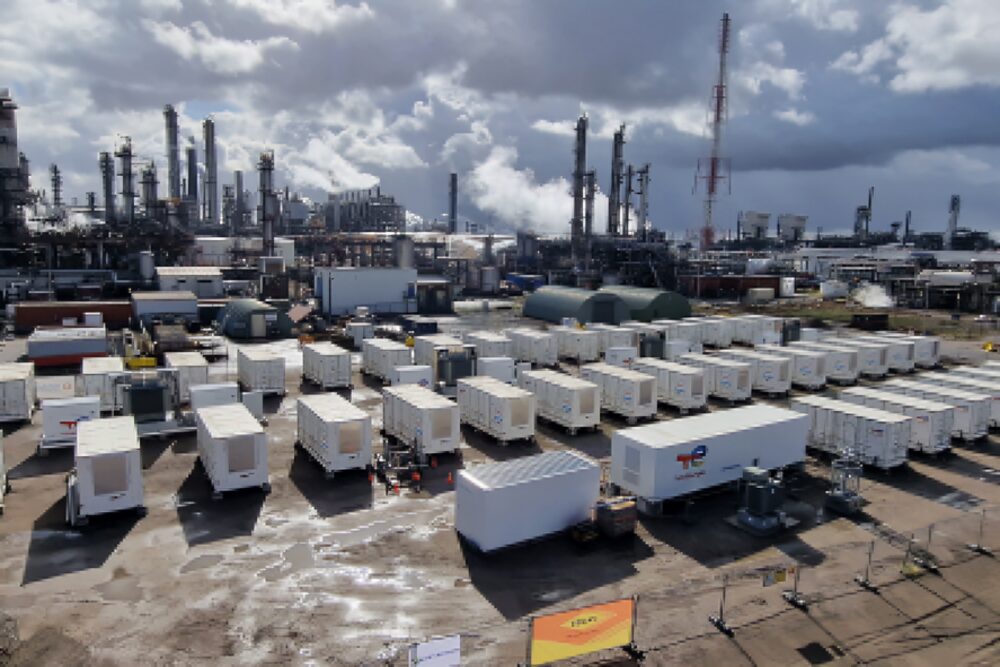
Australia’s future energy system must include renewable power generators that can be dispatched for 12 or more hours, to meet Australia’s zero-emissions overnight power needs, the Australian Solar Thermal Research Institute (ASTRI) has stated in response to the Energy Security Board’s (ESB) ‘Capacity Mechanism’ investigation.
ASTRI, a peak body for renewable energy, has welcomed the ESB’s plans to introduce a Capacity Mechanism into the National Energy Market because the mechanism should ensure dispatchable renewable power is supplied to the grid to manage ‘reliability events’ – potentially when solar PV and wind cannot be supplied, typically during night-time hours or periods of extended cloud cover.
ASTRI’s response supports the ESB’s intention to incentivise dispatchable power generation into the future grid, however the peak body of scientists, academics and engineers says it is essential that new dispatchable capacity is zero-emissions and genuinely ‘dispatchable’.
“The current wording of the ESB discussion paper suggests it is not intended that existing coal-fired plants will have their lives extended, but it does allow for the possibility of new gas-fired plants,” said director of ASTRI, Mr Dominic Zaal. “We don’t believe that gas generation is required. Australia has the renewable resources and technologies to cost-effectively replace all forms of fossil-fuel power generation in the electricity network, so our preference is for zero-emission generation to be prioritised in the Capacity Mechanism. This would also directly align with Australia’s emission reduction commitments.
“There is no technical or cost reason why we should not target a future net-zero electricity system, and investment decisions should be specifically aimed at that objective.”
Night-time power generation in Australia is currently provided by coal- and gas-fired power plants, which can be cost-effectively replaced by zero-emission technologies such as concentrated solar power (CSP) and pumped hydro, Mr Zaal said.
CSP systems convert sunlight into multiple hours of thermal energy storage, which can be used to dispatch power overnight or anytime there is insufficient sun or wind. CSP uses a steam turbine with a synchronous generator for power production, which allows the technology to deliver essential grid support services currently provided by coal and gas generators.
For technologies such as CSP and pumped-hydro to be introduced, there had to be a strong definition of dispatchable capacity, with a realistic ‘de-rating’ attached, said Mr Zaal. The ESB’s proposed de-rating of technologies, possibly based on predicted availability to manage Reliability Events, was a good idea, however an appropriate rating method should see higher ratings allocated to renewable generators able to provide longer-duration firm capacity (e.g. over 10 hours).
“We support the de-rating concept because it allows the system designers to ensure that dispatchable power is actually fit for purpose – that it can realistically cover a reliability event,” said Mr Zaal. “However, the de-rating concept needs to go a step further and ensure that emissions also form part of the rating. Having a solution to address reliability events is important, but so too is its emissions profile. Net-zero emissions should be the ultimate goal.
“This new market mechanism should provide the signals that lead to the construction of generation assets that deliver the least-cost, reliable and secure, zero emissions electricity supply by 2050,” said Mr Zaal. “Doing this will require the progressive construction of a balanced mix of technologies, and long-duration zero emissions energy storage systems such as CSP – which has higher initial capital costs – will need long-term contract certainty.”
Globally, there are now over 60 CSP plants providing net-zero power generation overnight, and China and Spain are expecting to commission another 40 CSP plants by 2030. With Australia’s excellent solar resources, a correctly designed Capacity Mechanism should also lead to CSP entering the Australian market.











